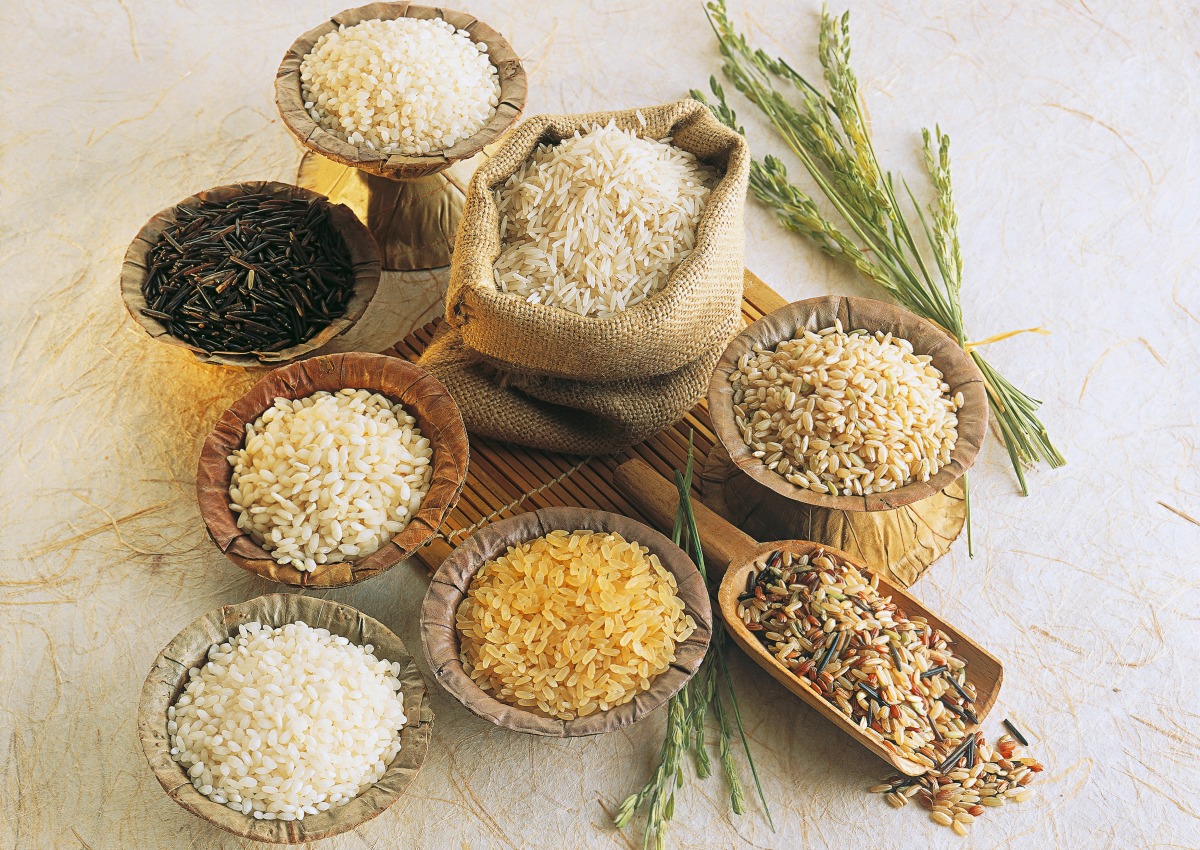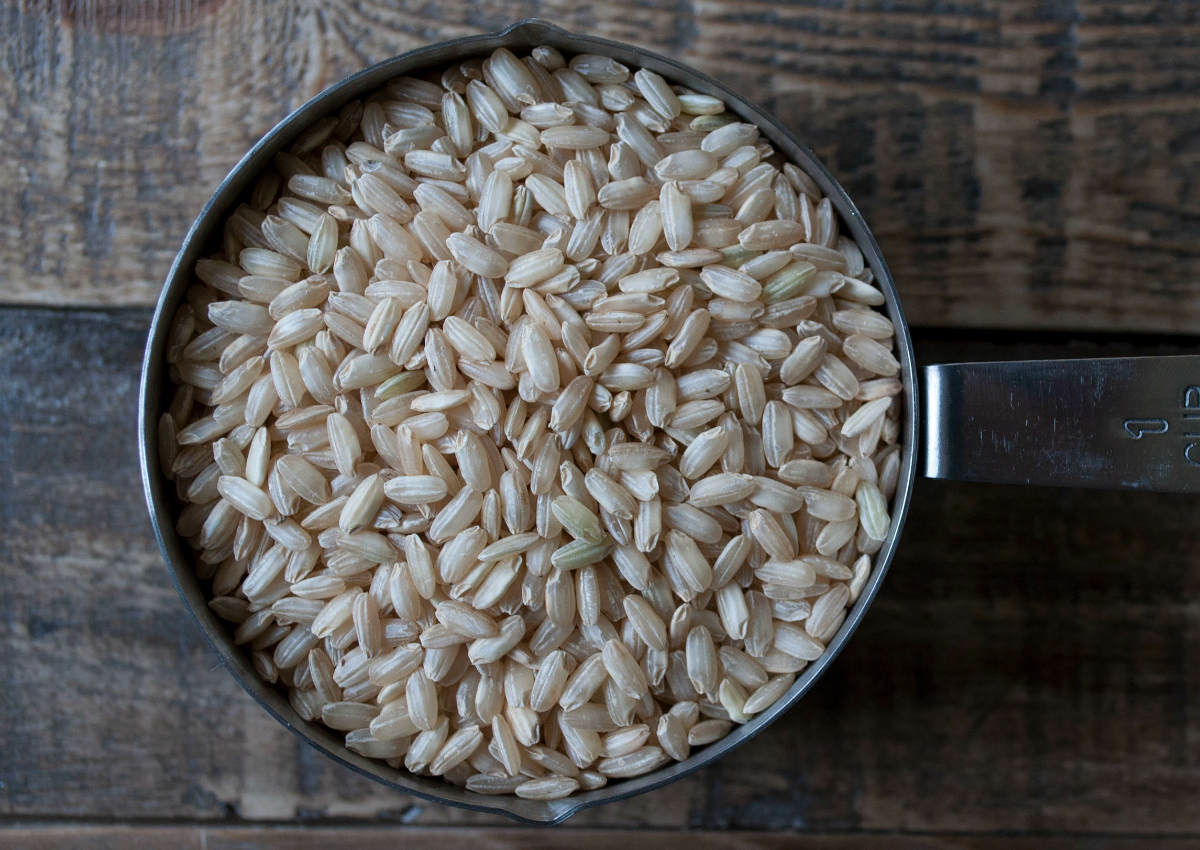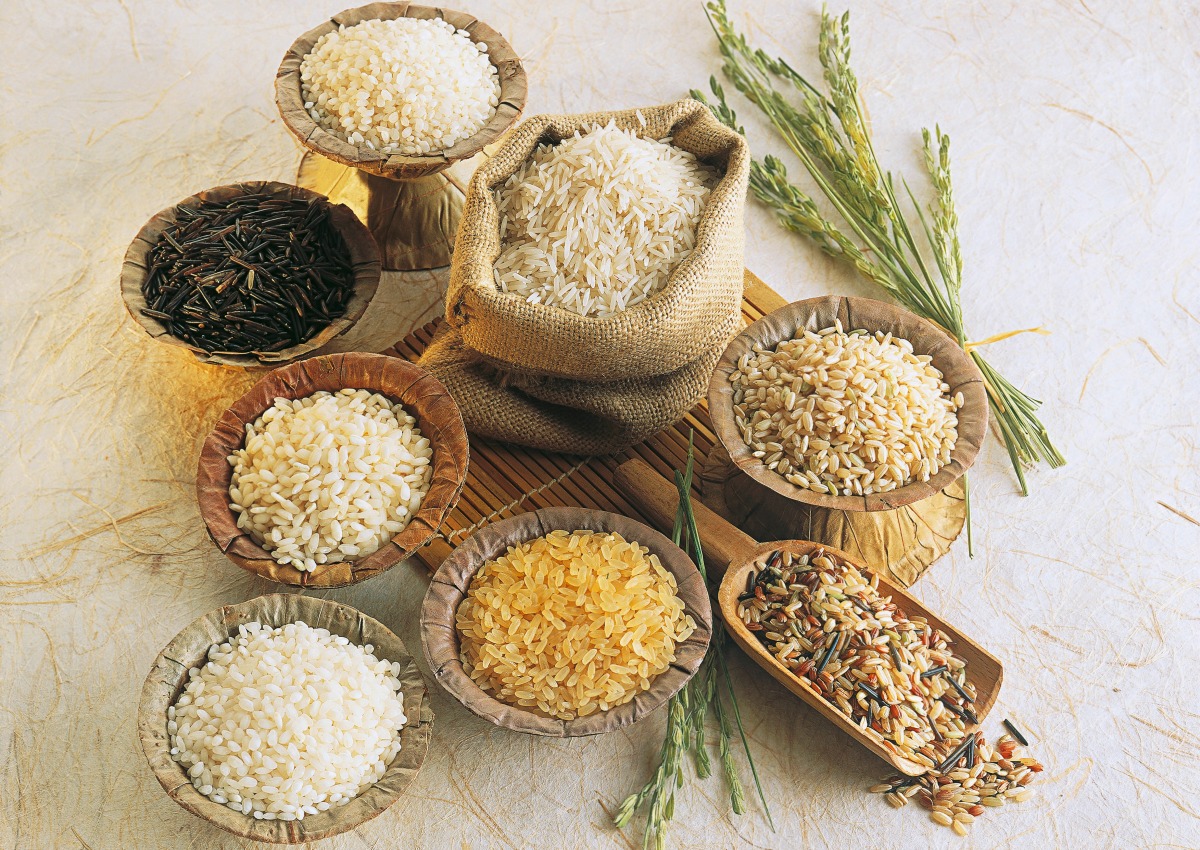
Demand for Italian rice is growing despite competition from Asia as consumers prefer it to pasta and appreciate its versatility in cold salads, hot risotto, and new cereal blends. Italy is the largest producer of rice in Europe. Italy’s production was forecast to reach 1.5 million metric tons in 2016, an increase of about 7.5% compared to the previous year, according to the Italian Rice Association (Enterisi). Approximately 70% of the varieties grown in Italy are Carnaroli, Arborio, and Baldo, while the remainder is Japonica. Except for rough rice exports and domestic seed sales, virtually all Italian rice is marketed as a whole-kernel, milled product. US imports of Italian rice, cereal and derivatives were flat at 468 million euros in 2016, but increased 5.8% in the first two months of 2017 on the previous year, according to Ismea-Istat data. The “better-for-you” trend seen across the entire food industry is benefiting demand for rice. In the US, a sizeable 41% of consumers consider rice and grains to be healthier than pasta, Mintel said. In addition to the larger availability of certified Carnaroli and Arborio, Italian producers are proposing new organic blends with ingredients with antioxidant and other healthy properties such as chia and poppy grains, seaweed and other natural ingredients rich in fiber, iron, and calcium. The versatility of this cereal is a plus, thanks to its use in both cold and hot meals and a variety of recipes.

Carnaroli, low fines for counterfeit
Carnaroli rice is the best variety with which to make good risotto because it is the richest in starch in the world with a 24.7% share. The brand Carnaroli encompasses varieties like Karna, Carnise, and other ones that are part of the 180 listed Italian rice types. This in turn means, that you can use “Carnaroli” on the label, even if this is not exactly true. As a matter of fact, many restaurants do exactly that and use counterfeit Carnaroli rice. Another negative piece of news that penalizes the consumption and sales of this Italian product par excellence is the lack of attention to the punishment of counterfeits. Companies selling articles that use the logo with the Italian flag, even though the rice is Romanian or comes from South America, only pay a fine of about 300 euro per lot (that signifies thousands to hundreds of thousands of kilos).

